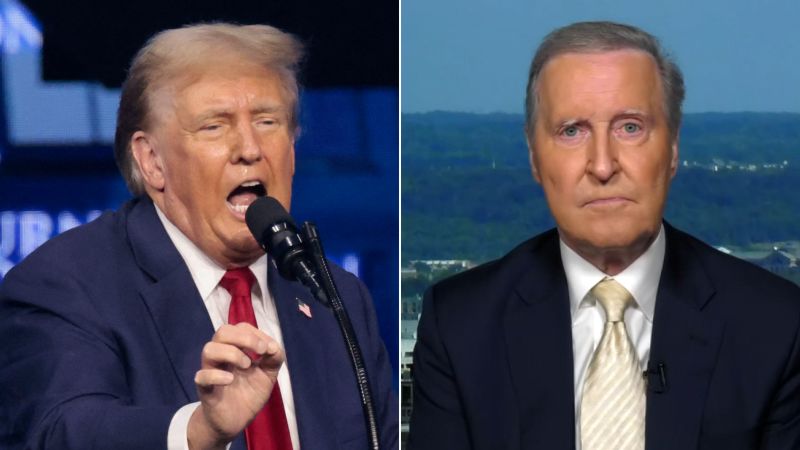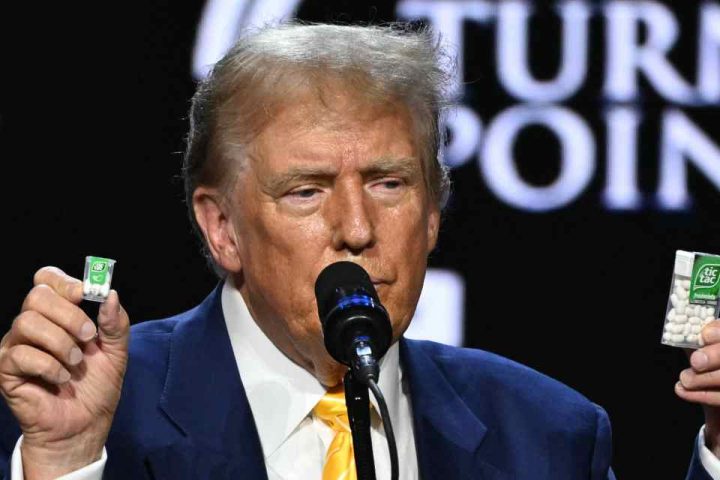By Leika Kihara
TOKYO (Reuters) -Bank of Japan board members were divided on how to communicate a tweak to yield curve control, with some showing tolerance for explaining the move as laying the groundwork for an exit from ultra-loose policy, minutes of their October meeting showed.
At the October meeting, the BOJ loosened its tight grip on long-term interest rates by tweaking its yield curve control (YCC) policy in a move that markets saw as a step toward an exit from ultra-easy monetary policy.
One member said it was necessary to clearly indicate that the measure was not intended as preparing for a future end to YCC and negative interest rate policy, the minutes showed on Friday.
But another member said the BOJ should not strongly deny the chance that the tweak to YCC could lead to an end to the current stimulus programme, according to the minutes.
“With a future exit in mind, it was important for the BOJ to provide communication to markets that prepare them” for when Japanese interest rates turn positive, one member was quoted as saying.
The debate highlights a growing awareness within the BOJ of the chance of phasing out its complex framework consisting of YCC, huge asset buying and a negative short-term rate target.
The nine-member board agreed to keep policy ultra-loose for now, but was split on how much progress Japan was seeing toward sustainably achieving the BOJ’s 2% target.
While some voiced hope next year’s wage growth will outpace that of this year, others warned of the hit to consumption from rising living costs and the risk small firms might not have the capacity to keep hiking pay, according to the minutes.
One member said the BOJ faced a critical phase during the latter half of this fiscal year, from October to March, in determining whether sustained achievement of its inflation target was foreseen, the minutes showed.
At a subsequent meeting in December, the BOJ kept ultra-easy policy intact and made no change to its dovish policy guidance, dashing hopes among some traders that it would offer clearer hints of the chance of a near-term end to negative rates.
More than 80% of economists polled by Reuters in November expect the BOJ to end its negative rate policy next year, with half of them predicting April as the most likely timing. Some see the chance of a policy shift in January.
Read the full article here







